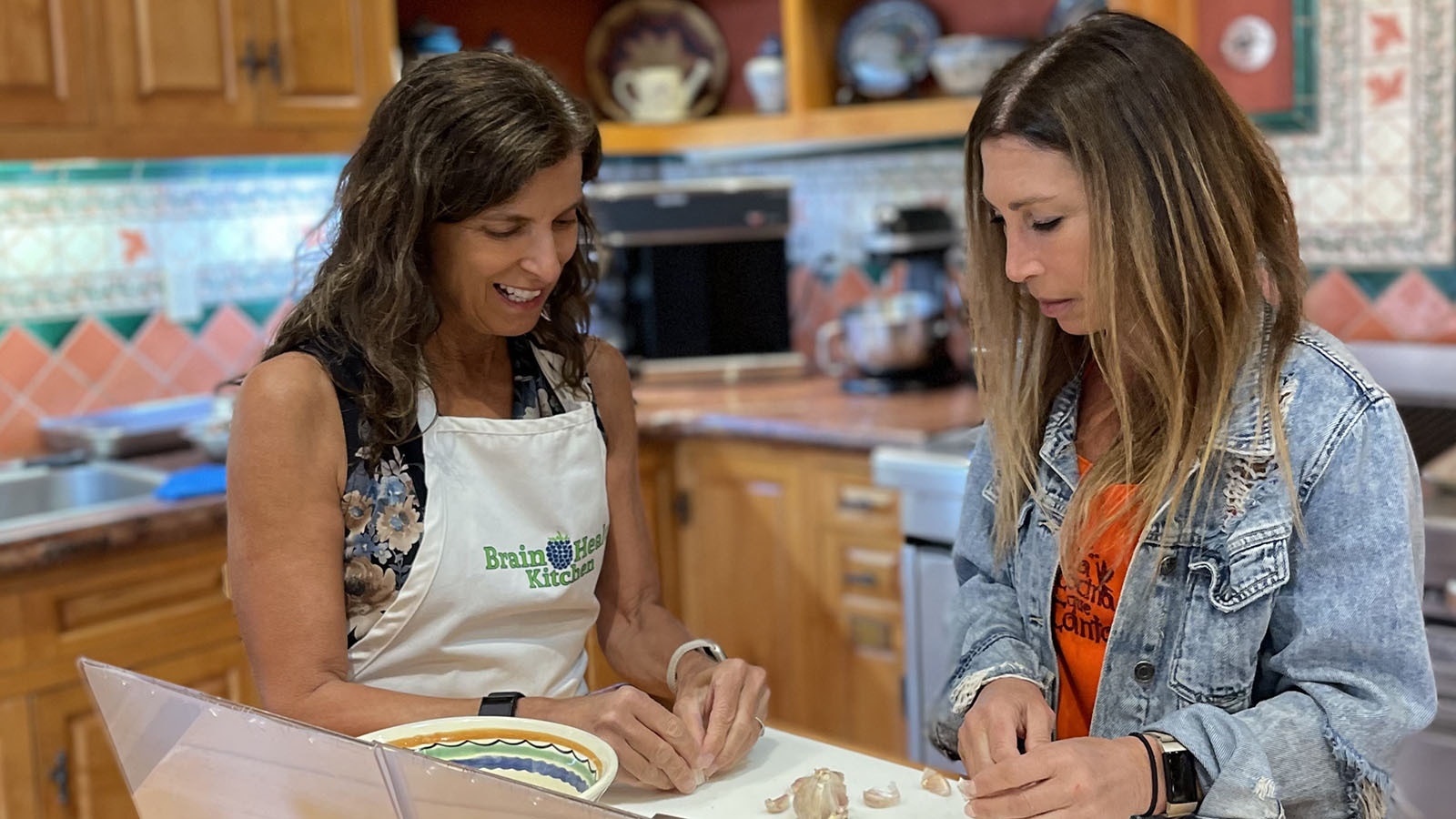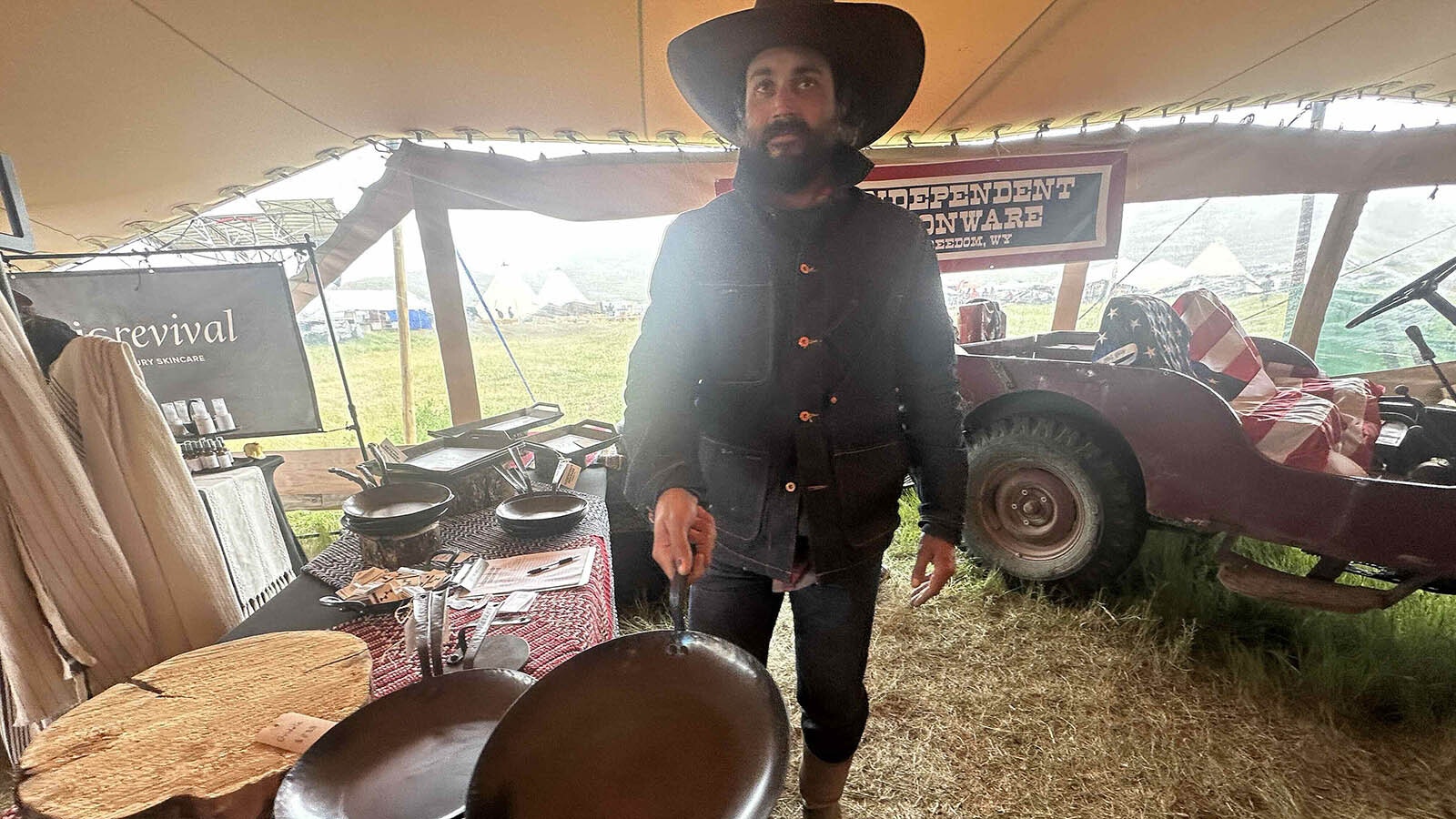Dr. Annie Fenn of Jackson has a retirement most people can only dream about.
She travels the world. From Italy to Costa Rica to Mexico and other “Blue Zone” countries, she visits for weeklong brain health retreats. Blue Zones are places where there are an unusually large number of centenarians, people who live to at least 100 years of age.
But the brain health trips are not just part of Fenn’s retirement. They’ve actually become a second career, one she started after retiring from her Jackson medical practice in 2010.
Fenn’s retirement gig has added chef and cookbook author to her physician’s bag of tricks. She’s written a science-based cookbook and care manual for the brain, but she also leads weeklong immersion workshops in Blue Zone countries.
The latter makes her second career one most people would envy. She eats delicious food in Sardinia and enjoys a mountain hike or two along the way. She picks fresh produce for dinner from the oldest organic gardens in North America in Mexico, and she shares interesting recipes using that produce in a brain health kitchen that’s like a dream.
In that dream, all the healthy food tastes wonderfully delicious. None of it is like the health food of yore. It’s food people actually want to eat.
“This is a different concept than what some people may have thought of as healthy food,” Fenn told Cowboy State Daily. “Healthy food has gone through some tough times, where it’s just not really very delicious, and in some parts of the country, it’s still that way."
The people in Blue Zone countries may more often live to 100, but they also eat very delicious foods, Fenn said.
“Honest to God, the food tastes so good, you can crave it as much as you might crave a cheeseburger and fries,” Fenn said. “So, it’s really fun to see people light up when they taste this food and realize how delicious it is, and get enthusiastic about eating this way.”
And despite being so delicious, science is showing that these foods are neuroprotective too — they can help prevent diseases like Alzheimer’s.
Alzheimer’s Epidemic
Not long after Fenn started teaching healthy cooking in the kitchen, her mom was diagnosed with an early stage of Alzheimer’s.
From that moment on, it became her mission to focus her work on healthy cooking and what real people can do in their own kitchens to preserve brain health for as long as possible.
Alzheimer’s has hit epidemic proportions in the United States, Fenn told Cowboy State Daily.
“The number of people getting diagnosed with Alzheimer’s goes up every single year,” she said. “Right now, there are 7 and a half million Americans living with Alzheimer’s.”
That’s even more unfortunate, Fenn said, when one realizes that Alzheimer’s is a preventable disease.
“That’s a solid area of medical science,” Fenn said. “It’s not controversial. There’s plenty of data to say that eating a certain way will prevent Alzheimer’s.”
With drugs to cure Alzheimer’s still elusive, most available treatments have focused on slowing progression of the disease.
That’s why Fenn is shooting for a prevention revolution with her work.
“There’s nothing else you can point to that is preventive to any great degree, except for changing up the way you eat,” Fenn said.
And that’s where Blue Zone countries come into play with her work.
Where Are The Blue Zones And What Do They Eat
Six places on Earth have been identified as Blue Zones. The first and most famous is Sardinia. Others include Ikaria (an island off Greece), Okinawa, the Nicoya Peninsula of Costa Rica, and Loma Linda, California. The world’s newest Blue Zone has been identified in Singapore.
The food that people eat in these Blue Zone countries fits into a variant of what Fenn says is a combination of the Mediterranean and DASH diets.
The DASH diet — Dietary Approaches to Stop Hypertension — was created to lower high blood pressure, Fenn said. The scientific data on it has been good, as has the evidence backing the Mediterranean diet.
As a doctor, it’s the scientific data that matters most to her.
Putting the two diets together generates a new acronym MIND, which stands for Mediterranean-DASH Intervention for Neurodegenerative Delay.
It’s seems like a mouthful, but the diet is really quite simple. It prioritizes 10 brain-healthy food groups — whole grains, leafy greens, vegetables, berries, nuts and seeds, beans and legumes, fish and seafood, poultry, and extra virgin olive oil.
Red wine, the 10th group, was recently dropped from the list by some practitioners because of new scientific data suggesting risks outweigh benefits.
The diet also recommends limiting foods high in saturated fats like butter and margarine, cheese, red meat, fried food and pastries or sweets.
While the MIND diet recommends limiting consumption of foods high in saturated fats, it doesn’t do away with them altogether.
They can still be enjoyed now and then, just in moderation.
Forget Superfoods
Another point Fenn makes often when she’s talking to people about brain healthy diets is that there’s no one food that’s a magic bullet.
“I would like for people to stop thinking about superfoods,” she said. “There’s really no one food that will help you prevent Alzheimer’s. Instead of superfoods, think of food groups.”
The other thing about Blue Zones, though, is not just the food they eat, Fenn said. There’s a whole lifestyle that goes with it that is also neuroprotective.
And that’s part of the reason why she does her weeklong brain health retreats in Blue Zone countries. That way, people get an immersive experience. They can really see how all these factors play out, from food to society itself, creating longevity in a way that’s not as onerous as one might fear just reading about it.
“Being there, they can see how people go through their day and how they eat,” Fenn said. “And maybe they’re not eating perfectly from any standard of, you know, healthful nutrition, but they’re going through their days with a lot of exercise, intentional exercise throughout the day, moving their bodies naturally. There’s pauses in their day to reduce stress. There’s an emphasis on getting enough sleep and socializing with other people.”
Those elements are integral components of what makes Blue Zone inhabitants so long-lived.
“It’s really not just about the food,” Fenn said. “It’s about, you know, do you have the lifestyle of someone who lives in a longevity place, like a blue zone, like Costa Rica, like Italy.”

Chicken Miso Meatball Noodle Soup
Serves 4
For the meatballs
1 pound lean ground chicken
1 cup fresh whole wheat bread crumbs or almond flour
1 large bunch scallions, white and tender green parts finely chopped, dark green parts reserved for garnish
2 tablespoons white miso paste
1 large egg
1 teaspoon minced garlic
1 teaspoon minced ginger
Soup and assembly
6 cups chicken or vegetable broth
1 bunch broccolini, trimmed and cut into bite-sized pieces
8 ounces rice noodles
1 tablespoon low-sodium soy sauce or tamari
1 teaspoon toasted sesame oil (optional)
Hot sauce (optional)
Preheat the oven to 350ºF with a rack set in the center position. Line a rimmed baking sheet with parchment paper; set aside.
Place the chicken, bread crumbs, scallions, miso paste, egg, garlic, and ginger in a medium bowl. Use your hands to gently combine, then roll and shape mixture into 1-inch balls, placing on the baking sheet as you work. You should have 25 to 30 meatballs. Bake until springy to the touch and starting to brown, or an instant-read thermometer placed in the center of a meatball reads 165ºF, 15 to 20 minutes.
In a large saucepan, bring the broth to a gentle simmer over medium-high heat. Add the broccolini and cook over medium heat until just starting to soften, about 2 minutes. Turn off the heat and move the pot away from the burner. Stir in the meatballs and the noodles, cover, and let sit until the noodles are limp, about 5 minutes. Stir in the reserved scallion greens, soy sauce, and sesame oil (if using).
Serve with hot sauce on the side, if you like.
Renée Jean can be reached at renee@cowboystatedaily.com.








